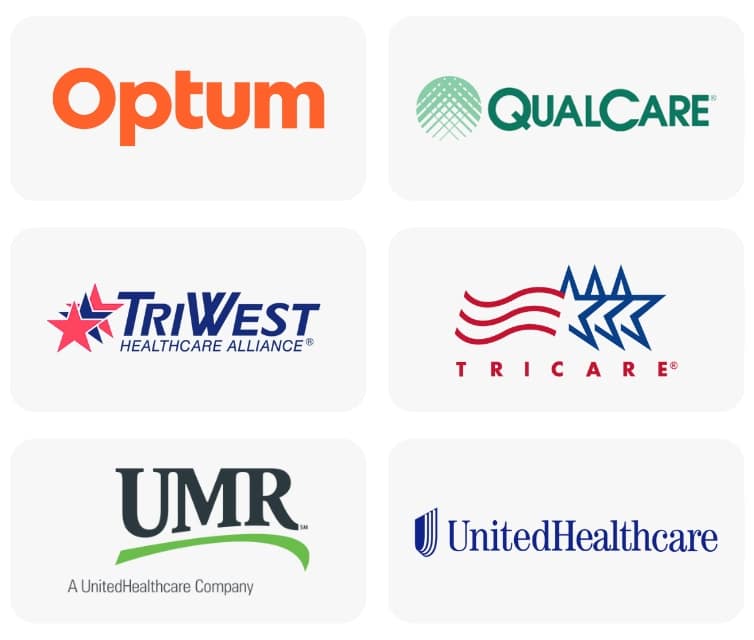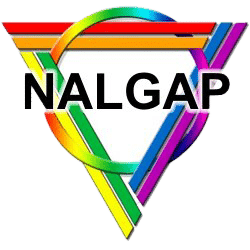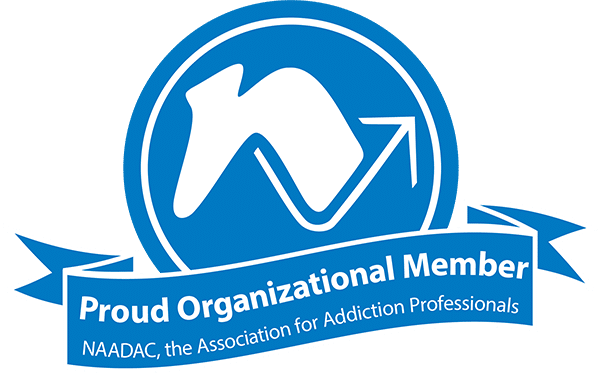Skip To Section
Psychoactive drugs are drugs that change your mental state. These drugs can cause intoxication, which impacts your mood, perception, and consciousness. Many legal and illegal substances contain psychoactive properties, so it’s important to know the benefits and risks associated with these drugs.
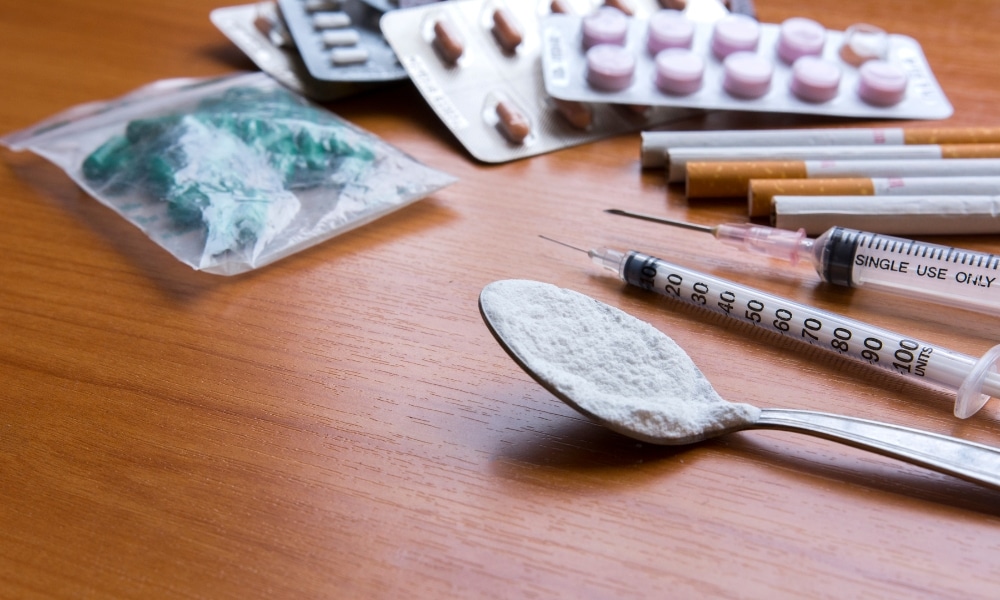
6 Types Of Psychoactive Drugs
- Depressants
- Opioids
- Stimulants
- Hallucinogens
- Marijuana
- Designer drugs
Depressants
Depressants slow down the central nervous system. They typically cause people to feel sedated and relaxed. Some people take prescribed depressants to help with sleep or anxiety. Others abuse these substances to get high.
- Benzodiazepines include medications like Xanax, Valium, and Klonopin.
- Sedative-hypnotics include medications like Ambien and Lunesta.
- Barbiturates include medications like Nembutal and Luminal.
Alcohol is also a depressant. When you first drink, you may feel calmer and happier, but excess alcohol can cause slurring and processing problems. It can make your feelings of depression and anxiety worse.
Opioids
The strength of each opioid varies, so it’s not always obvious how much you’re taking. And if you buy pills off the street, you never know exactly what you’re getting. For example, you may assume you’re buying Vicodin, but a dealer may lace the pill with fentanyl.
If you stop taking opioids suddenly, you may experience withdrawal symptoms. These symptoms range in severity. You could feel sick for several days before your body starts to heal. During that time, you’re at risk of relapsing. That’s because you may experience intensified cravings. Most people benefit from a supportive medical detox during this stage and then professional opioid addiction treatment once the opioids are out of their system.
Stimulants
Stimulants increase brain activity. They enhance energy and alertness. Some people are prescribed stimulants for symptoms related to ADHD or narcolepsy. Common stimulants include:
- Amphetamine
- Methamphetamine
- Cocaine
When abused, stimulants can produce a euphoric rush, but a “crash” soon follows, making the user want to continue taking more drugs.
Long-term abuse can result in several health complications, including:
- Tissue damage
- Stroke
- Heart attacks
Heavy stimulant users may develop withdrawal symptoms after stopping drug use. These symptoms can include:
- Depression
- Insomnia
- Fatigue
Although stimulant withdrawal is not life-threatening, medical detox can help you feel more comfortable during this time.
Self-Assessment: Am I Addicted?
"*" indicates required fields
Contact Form
Would you like help?
"*" indicates required fields

Hallucinogens
Hallucinogens include several drugs that alter your consciousness. Hallucinogens include drugs like:
- LSD
- Psilocybin
- DMT
- Peyote
- Ketamine
- DXM
Most people take these drugs orally. They might eat them or brew them into tea.
Hallucinogens disrupt the communication between brain chemical systems. When abused, these drugs can result in mood problems, sensory issues, and sleep disruptions. They can also trigger hallucinations and delusions. Sometimes people experience a “bad trip.” When this happens, they may feel stuck in a panicked state for hours or days. Afterward, they may endure flashback syndromes, where they relive the terror over and over again.
Marijuana
Marijuana affects how your senses perceive the world. The THC found in marijuana can produce feelings of euphoria and relaxation, but it can also impair memory and cause coordination problems.
Designer Drugs
There are many different kinds of designer drugs. Common ones include:
- Bath salts
- Spice/K2 (synthetic marijuana)
- MXE
- Flakka
- W18
These drugs are synthesized. That means they are manmade. Their chemical composition remains unknown. Because of that, it’s impossible to know what you’re actually taking when you take a designer drug. Often, manufacturers use many different chemicals to create these drugs.
of euphoria and relaxation, but it can also impair memory and cause coordination problems.
Finding Help For Addiction
Whether you’re reading this article for yourself or someone else, there are many things you can do to fight back against addiction.
Start by:
- Cognitive behavioral therapy (CBT): What drugs are causing problems? How have they affected your overall life? How long has the abuse lasted?
- Determining payment: Can you use your health insurance for treatment? Do you need to set up a payment plan?
- Determining additional issues: Are there any other mental or physical illnesses present? What other circumstances require support?
- Finding the motivation: Why do you want things to change? Why do you want to live a life free from addiction?
Our admissions team is available 24/7 to listen to your story and help you get started with the next steps.



